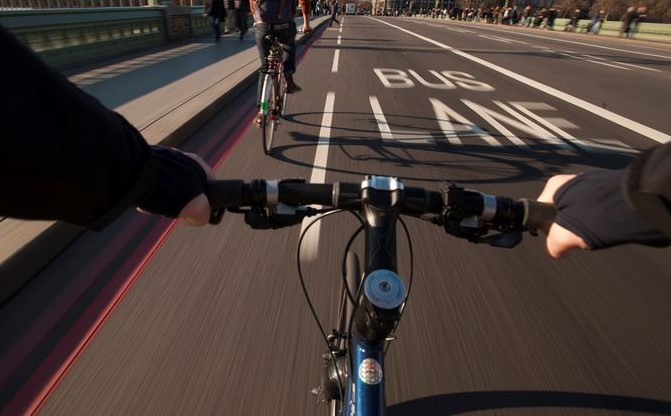Canberra has a great love-affair with cycling, lycra and electric scooters but, unsurprisingly, the sport responsible for the most hospitalisations in Australia in 2021-22 involved wheels.
Cycling caused about 8,600 reported injury hospitalisations and wheeled motor sports (including electric scooters) caused 3,800, according to the latest Sports Injury in Australia report by the Australian Institute of Health and Welfare.
It may be one of man’s greatest inventions (thanks to the Sumerians in the 4th millennium BCE) but we have yet to master it.
Even the non-motorised roller sports (roller skates, skateboards, blades) ranked high – 4,100 sports injury hospitalisations.
What’s even more interesting, is the gender breakdown of these figures. Men take the lead in all injuries on wheels.
Of the 8,600 cycling injury hospitalisations, 7,141 were men and 1,496 were women.
Of the 3,800 wheeled motor sports hospitalisations, 3,465 were men and 362 were women. Perhaps Canberra’s orange Neuron scooters for hire and the purple Beam scooters should set a speed limit for certain genders.
On roller skates and skateboards, the sports injury tally was 2,596 men versus1546 women.
Even off wheels, Australians are injury-prone. The total for all sports injuries leading to a hospital stay in Australia in 2021-22 was 56,000. More than half of these (about 39,500), were males. Males aged 15–19 are most likely to be hospitalised.
Males had a higher rate of hospitalisation than females in every age group. Rates rise during childhood and peak in the teenage years, with a higher peak for males.
Australians don’t fare much better with another round thing – balls.
If you throw AFL, soccer and rugby together, that makes 11,400 hospitalisations in 2021-22.
More than half of all sports injury hospitalisations were for fractures, most commonly a fractured arm or shoulder.
Alarmingly, there were almost 2,300 hospitalisations for concussion caused by sports in 2021–22. Of these, about 1,600 were in males, and 700 were in females. About 760 occurred while playing some form of football and around 425 occurred while cycling.
There has been growing concern in Australia and internationally about the incidence of sport-related concussion and potential health ramifications for athletes. While short-term symptoms are reversible, a single knock to the head can have serious consequences in later life (Queensland Brain Institute, 2021).
While it’s good news that 19.2 million Australians aged 15 and over played sport 2021–22, it’s not great news for our emergency departments.
Full report https://www.aihw.gov.au/reports/sports-injury/sports-injury-in-australia/contents/about



